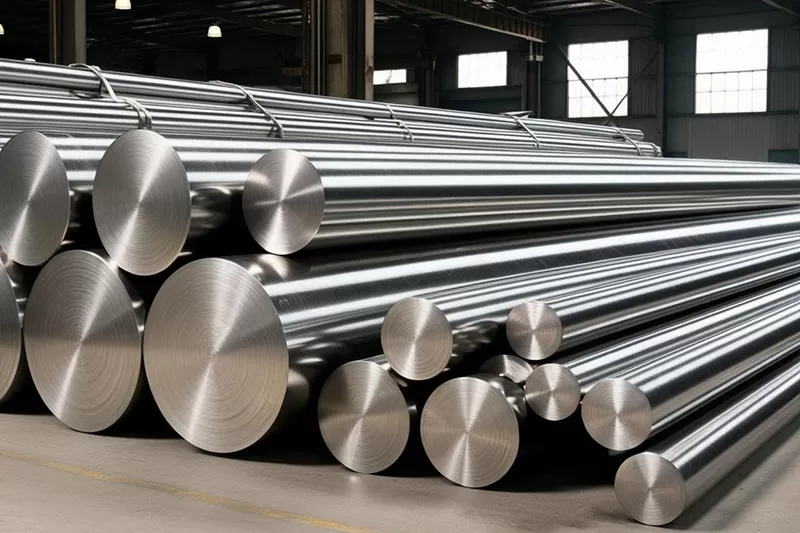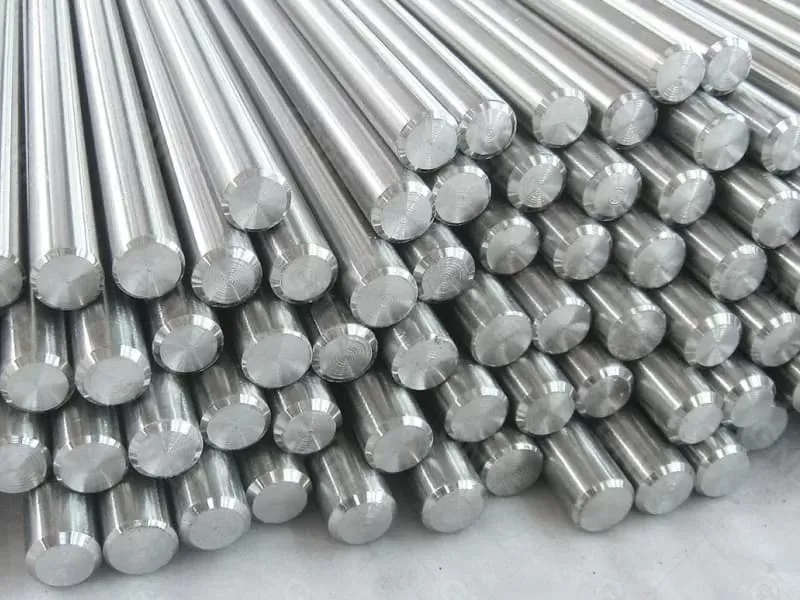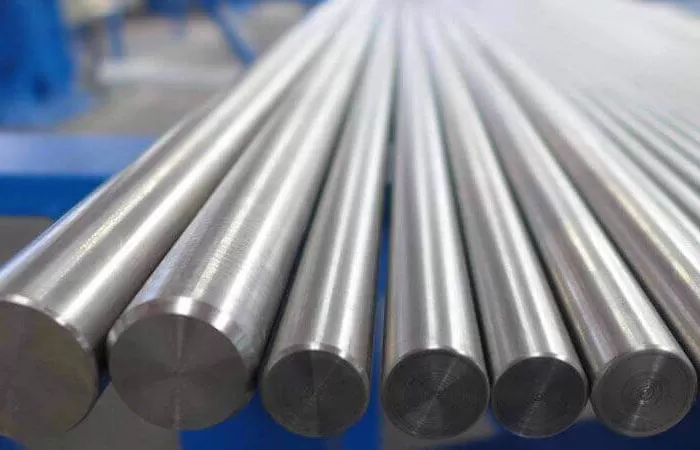
In the landscape of modern engineering materials, few names evoke as much respect as Inconel 625. This nickel-based superalloy has become synonymous with reliability, corrosion resistance, and high-temperature performance. In its round bar form, Alloy 625 is the unsung hero behind critical systems in aerospace, marine, and energy industries — quietly enduring extremes of heat, stress, and chemical aggression.
Unlike many superalloys that demand complex heat treatments to reach full strength, Inconel 625 is a solid-solution strengthened alloy. Its simplicity in metallurgy belies the complexity of its capabilities.
The alloy’s composition — typically Ni 58%, Cr 22%, Mo 9%, Nb 3.5% — was carefully engineered to achieve a rare equilibrium. Nickel and chromium provide oxidation and scaling resistance, while molybdenum and niobium impart stability and resistance to pitting and crevice corrosion.
What distinguishes 625 from many peers is its absence of a precipitation-hardening requirement. The alloy’s strength derives primarily from the atomic-scale solid-solution strengthening of Nb and Mo in the Ni-Cr matrix. This makes the bar stock easily weldable, forgeable, and machinable without sacrificing mechanical integrity.
Round bars of Inconel 625 exhibit tensile strengths around 760 MPa (110 ksi) and yield strengths near 345 MPa (50 ksi) at room temperature, with excellent retention of ductility down to cryogenic conditions and stability up to 1000 °C (1830 °F).
Bars are the versatile backbone of engineering production. From precision shafts to fasteners and valve stems, round bars provide geometric simplicity and metallurgical uniformity. Alloy 625 bars, melted by vacuum induction and remelted via VAR to ensure purity, serve as feedstock for:
Aerospace exhaust systems, where resistance to oxidation and carburization under cyclic thermal load is crucial.
Offshore oil-and-gas risers and pump shafts, exposed to chloride-rich, high-pressure seawater.
Chemical processing plants, particularly for acid reactors and heat-exchanger bolts that must endure mixed oxidizing/reducing flows.
Marine turbine components, leveraging high fatigue strength and resistance to salt-spray corrosion.
Three main factors explain the enduring preference for Alloy 625 bars in mission-critical systems:
Universal corrosion resistance – Unlike stainless steels, which suffer in chloride or acid conditions, 625 remains passive even in hydrochloric, phosphoric, and nitric acid environments.
Thermal endurance – The alloy resists oxidation up to 980 °C (1800 °F), enabling high-temperature applications.
Fabrication flexibility – Bars can be easily welded or machined, unlike precipitation-hardened superalloys such as 718 or Waspaloy.
In recent years, Alloy 625 has gained new strategic importance due to its performance in hydrogen-rich and carbon-capture systems. Hydrogen production and storage often involve high pressures and moisture — conditions that cause embrittlement in steels. Alloy 625’s stable Ni-Cr-Mo matrix resists hydrogen penetration, making it a preferred material for electrolyzer components and hydrogen pipelines.
Similarly, in carbon-capture and storage (CCS) plants, where supercritical CO₂ combines with trace chlorides or acids, 625 bars demonstrate superior resistance to stress corrosion cracking compared with stainless 316L or duplex alloys.
With the global shift toward decarbonization, industries are seeking alloys that combine sustainability with longevity. Inconel 625 fits this demand: recyclable, durable, and dependable across diverse environments. Researchers are now refining thermo-mechanical bar processing to achieve nanograin structures, improving fatigue life by up to 30%.
In a sense, the Alloy 625 bar is a paradox — simple in composition, yet profound in reliability. It exemplifies how thoughtful alloy design can bridge the gap between scientific precision and industrial practicality.

2025-12-11 16:42:29

2025-11-19 14:09:22

2025-11-07 17:27:49

25th floor, C3 Building, Wanda Plaza, Kaifu District, Changsha, Hunan Province, China